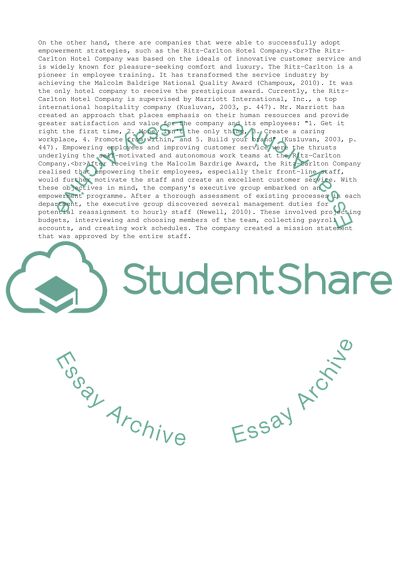Cite this document
(Organization and Management Essay Example | Topics and Well Written Essays - 2250 words, n.d.)
Organization and Management Essay Example | Topics and Well Written Essays - 2250 words. https://studentshare.org/business/1792091-organization-and-management
Organization and Management Essay Example | Topics and Well Written Essays - 2250 words. https://studentshare.org/business/1792091-organization-and-management
(Organization and Management Essay Example | Topics and Well Written Essays - 2250 Words)
Organization and Management Essay Example | Topics and Well Written Essays - 2250 Words. https://studentshare.org/business/1792091-organization-and-management.
Organization and Management Essay Example | Topics and Well Written Essays - 2250 Words. https://studentshare.org/business/1792091-organization-and-management.
“Organization and Management Essay Example | Topics and Well Written Essays - 2250 Words”. https://studentshare.org/business/1792091-organization-and-management.


